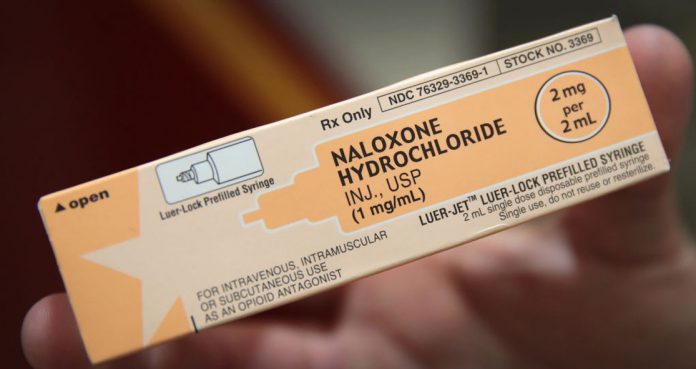There has been an increase in overdose-reversing drug naloxone prescriptions, which could be a reason drug overdose death rates have reduced for the first time in almost three decades.
On Tuesday, health officials reported that naloxone prescriptions increased from 271,000 to 557,000 from 2017 to 2018. More and more retail drugstores in the United States have started dispensing naloxone prescriptions.
The United States has been facing the deadliest drug overdose epidemic in its history. In 2018, more than 68,000 people died of drug overdoses last year, which dropped from more than 70,000 in 2017.
Drug Abuse Expert at the Columbia University Katherine Keyes said, “One could only hope that this extraordinary increase in prescribing of naloxone is contributing to that stabilization or even decline of the crisis.”
In the United States, most overdose deaths are from opioids and a class of drugs that includes heroin, illicit fentanyl, and other prescription painkillers.
Naloxone is a drug that can reverse an opioid overdose by restoring breathing and bringing a person back to consciousness. It is one of the best antidotes to opioid overdose. It was available as an injection in 1971, but since 2015, it has been available as a nasal spray under the brand name Narcan.
The health officials have considered naloxone a lifesaving drug. They said retails pharmacies should be giving out even more naloxone in order to combat an ongoing opioid crisis.
Principal Deputy Director of the CDC Dr. Anne Schuchat said, “We don’t think anybody is at the level we’d like to see them.” The CDC recommends prescribing naloxone to patients who are receiving high-dose opioids for their chronic pain and are at risk of an overdose.





















